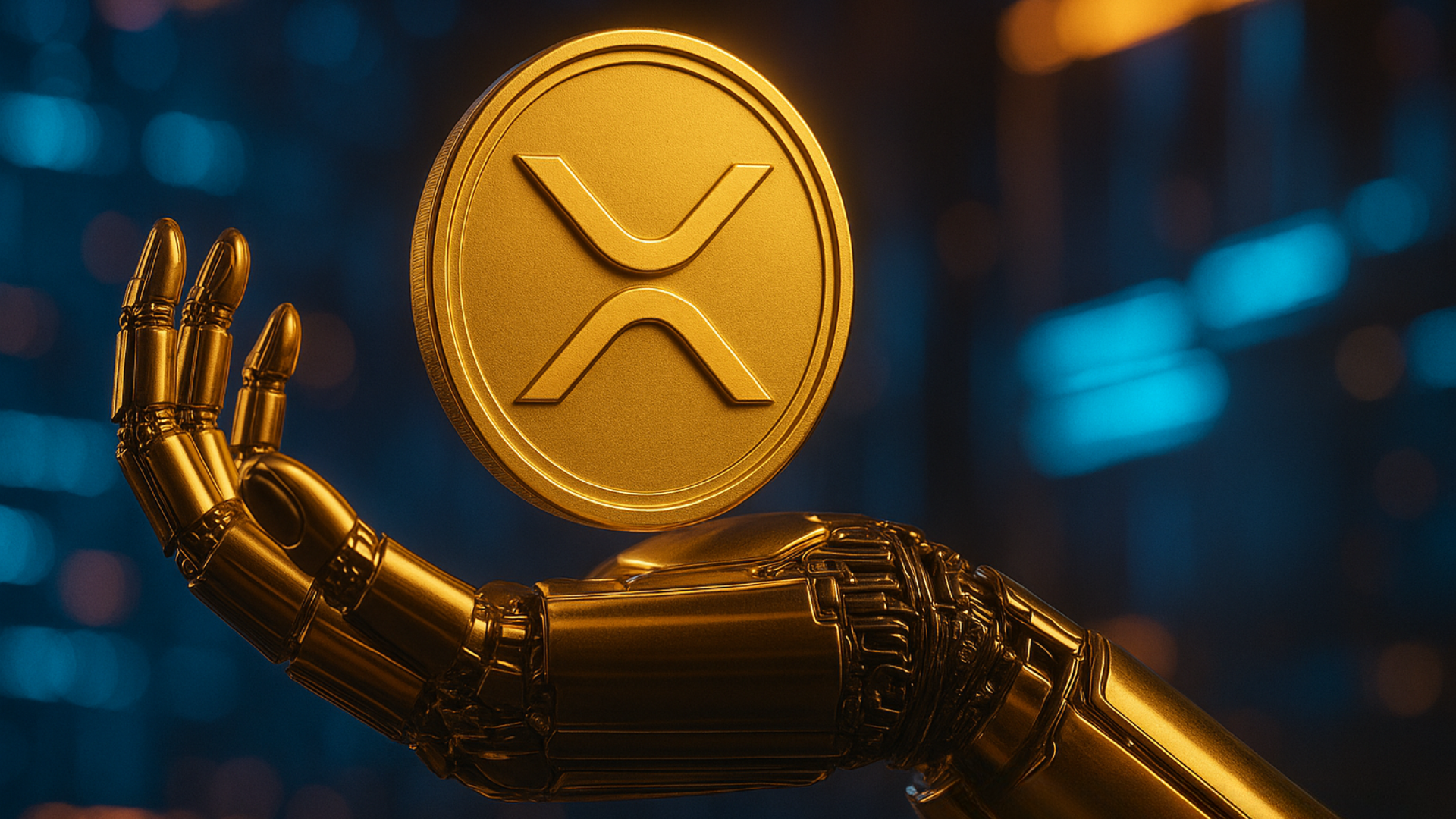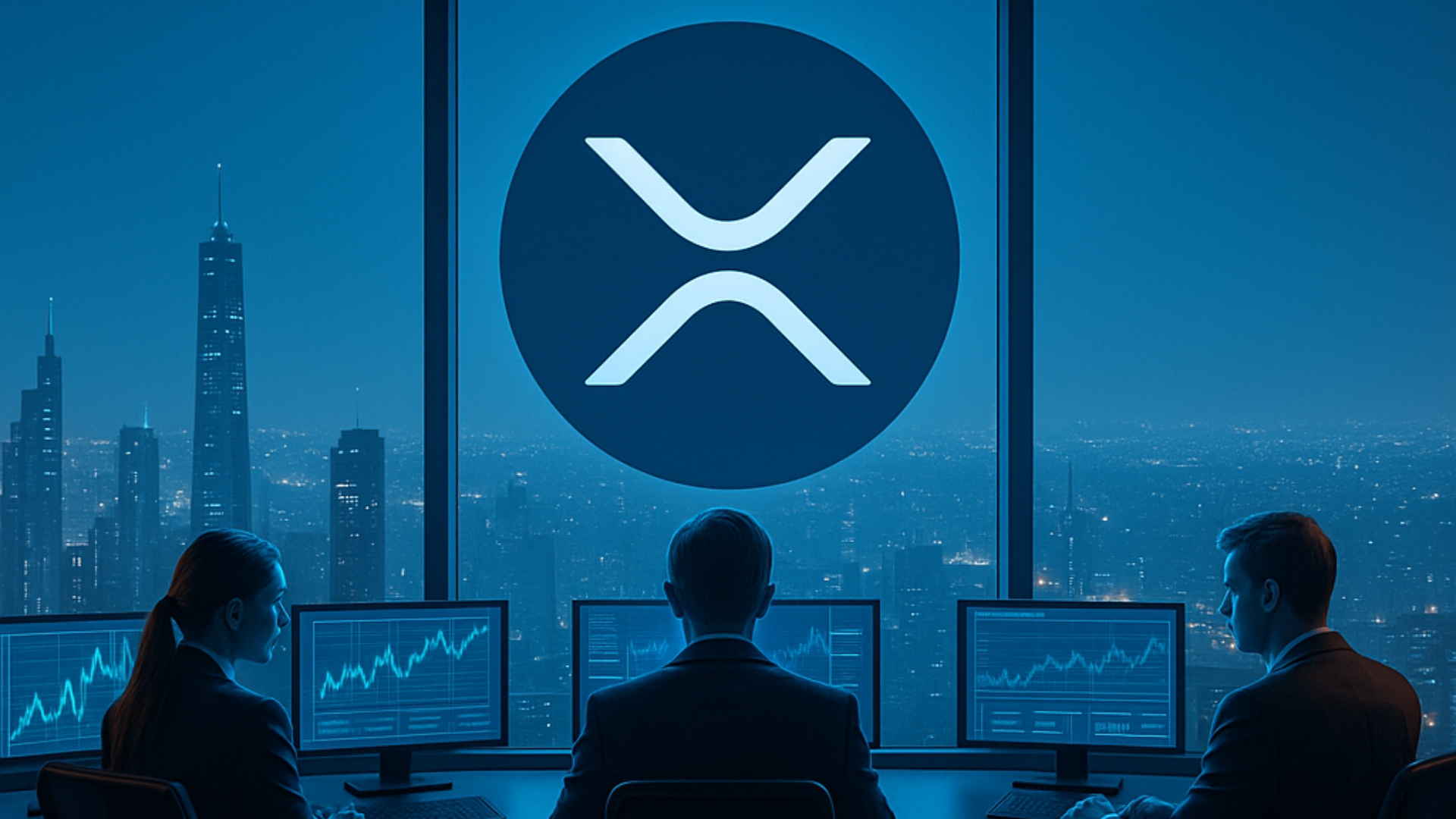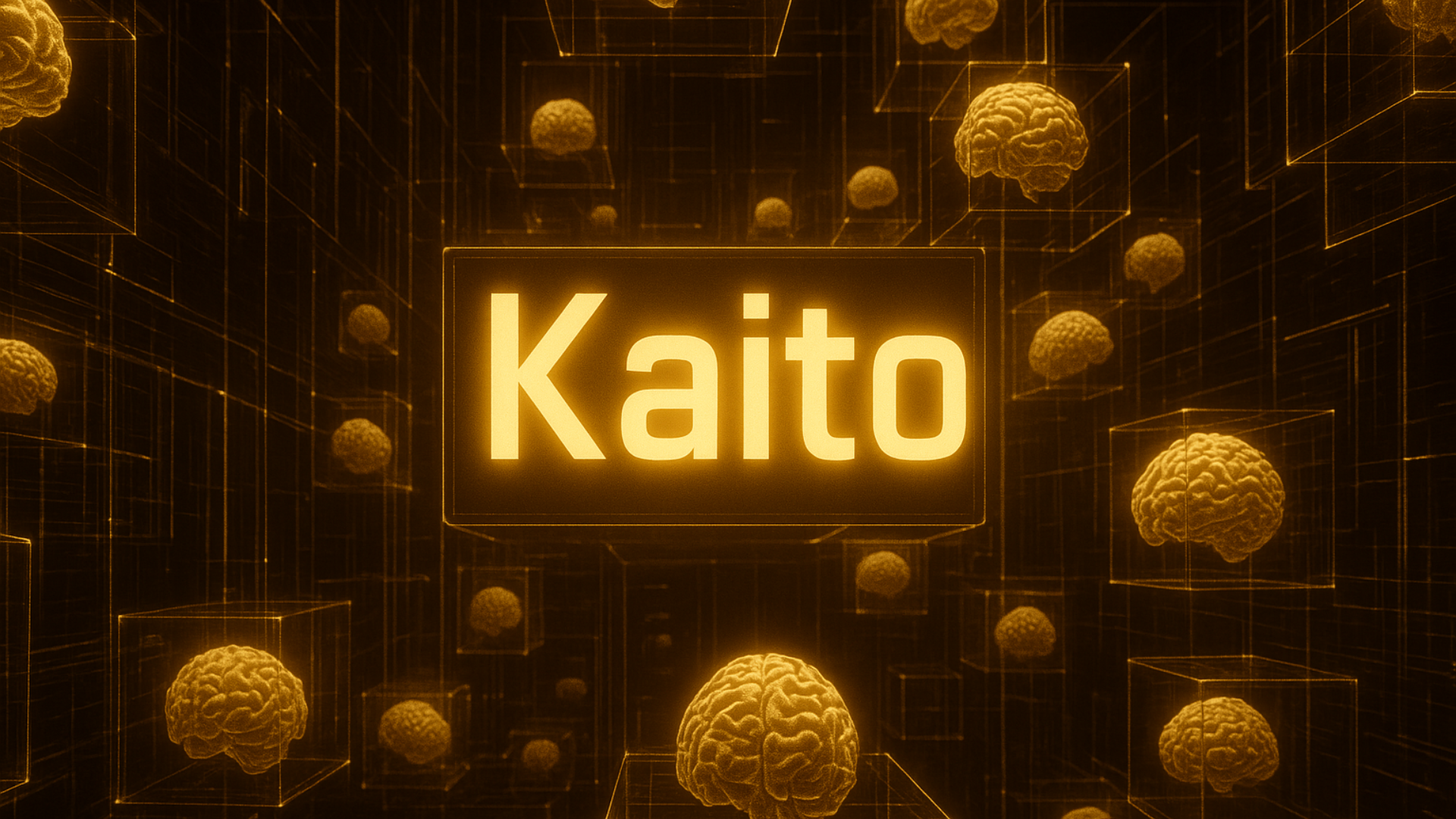
Despite recording its worst Q1 performance in seven years, Ethereum isn’t slowing down when it comes to innovation. Founder Vitalik Buterin has unveiled a new technical roadmap focused on increasing the platform’s scalability, security, and achieving instant finality — a direct response to critics and competitors in the blockchain space.
While Ethereum’s price action has disappointed investors — dropping nearly 35% since Eric Trump recommended it two months ago — the platform’s development remains active. Buterin’s newly introduced roadmap aims to prove that Ethereum is far from finished, even as so-called “Ethereum killers” like Solana continue to gain ground.
A History of Growing Pains
Ethereum has faced long-standing scalability issues, famously brought to the surface in 2017 when CryptoKitties clogged the network, accounting for 10% of all Ethereum transactions at the time. Though the platform transitioned to proof-of-stake in 2022, its scaling problems have persisted.
Today, Ethereum still powers 53% of the stablecoin market and remains the dominant chain in DeFi TVL (total value locked) — despite strong competition and internal fragmentation. The platform even outpaced Solana in trading volume this March for the first time since late 2024.
Buterin’s Roadmap: A Three-Pronged Approach
The new development plan, released on March 28, lays out a clear framework to address Ethereum’s most pressing challenges:
- Scaling Blob Capacity:
Ethereum will expand its blob capacity from the current setup to 6 blobs with the upcoming Pectra upgrade (expected in May 2025), and up to 72 blobs in the Fusaka version. These blobs are part of Proto-Danksharding, designed to enhance rollup efficiency by organizing and compressing data for quicker, cheaper transactions. - Hybrid-Proof Finality:
The roadmap introduces a 2-of-3 hybrid-proof architecture for instant transaction finality. Transactions will be instantly finalized when validated by both zero-knowledge (ZK) and trusted execution environment (TEE) rollups. If either fails, optimistic (OP) rollups will act as fallback, though with slower confirmation times. The aim is to combine speed, trustlessness, and resilience in one framework. - Aggregated Proof Systems:
Ethereum will push for standardized proof aggregation, reducing gas costs and streamlining verification. Applications like Layer2 rollups and zkemail wallet recoveries are among the first use cases, helping simplify interactions across the Ethereum ecosystem.
Community Response: Mixed, But Hopeful
While some praised the roadmap for its forward-looking technical depth, others voiced concerns over its reliance on Layer2 solutions. Critics argue that Ethereum may be moving away from core user concerns, potentially deepening community fragmentation.
Still, Buterin remains optimistic. He believes the hybrid-proof model will reduce latency for key activities like market-making and cross-L2 bridging, all while boosting security.
Ethereum’s price may be lagging, but its developers are charging ahead. As rivals like Solana grow in influence, Ethereum’s future could rest on how effectively it implements this ambitious roadmap. Whether it will be enough to silence critics — or reclaim its former edge — is something only time can decide.




























































































































































































































































































































































































































































































































































































































































































































































































































































































































































































































































































































































































































































































































































